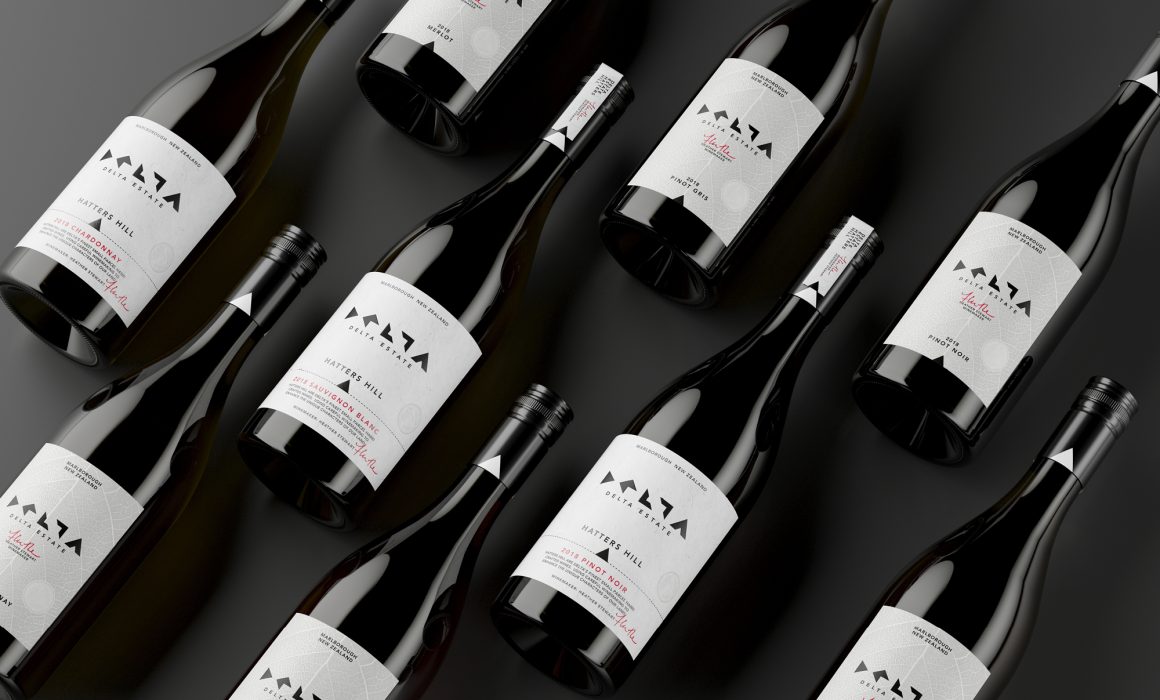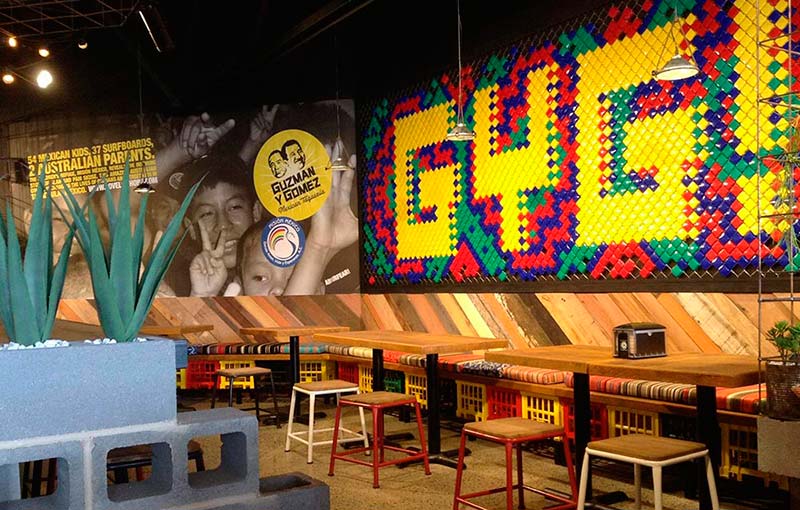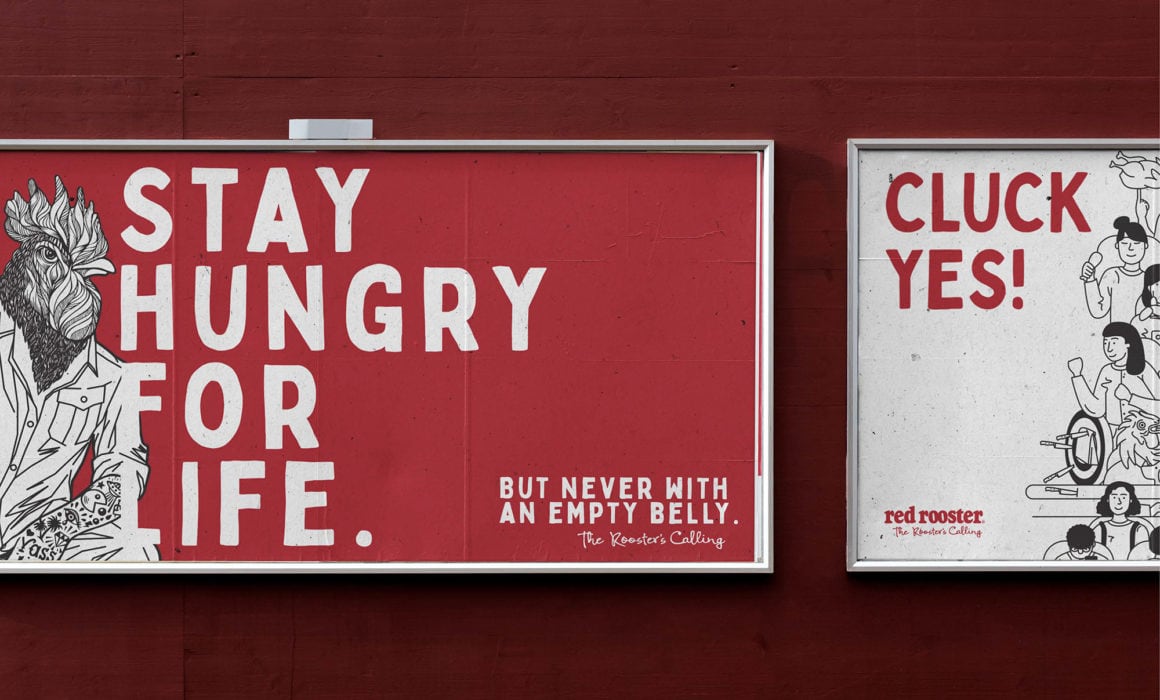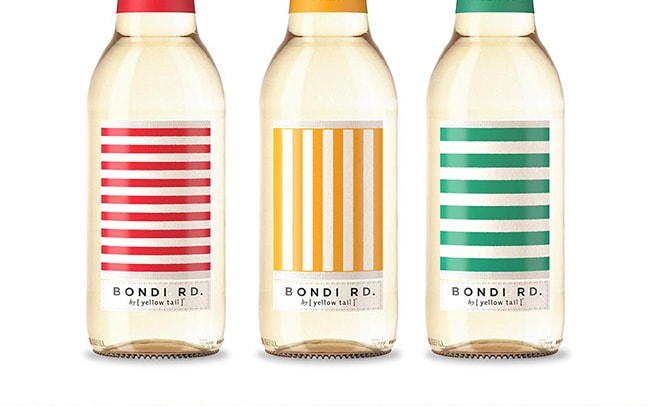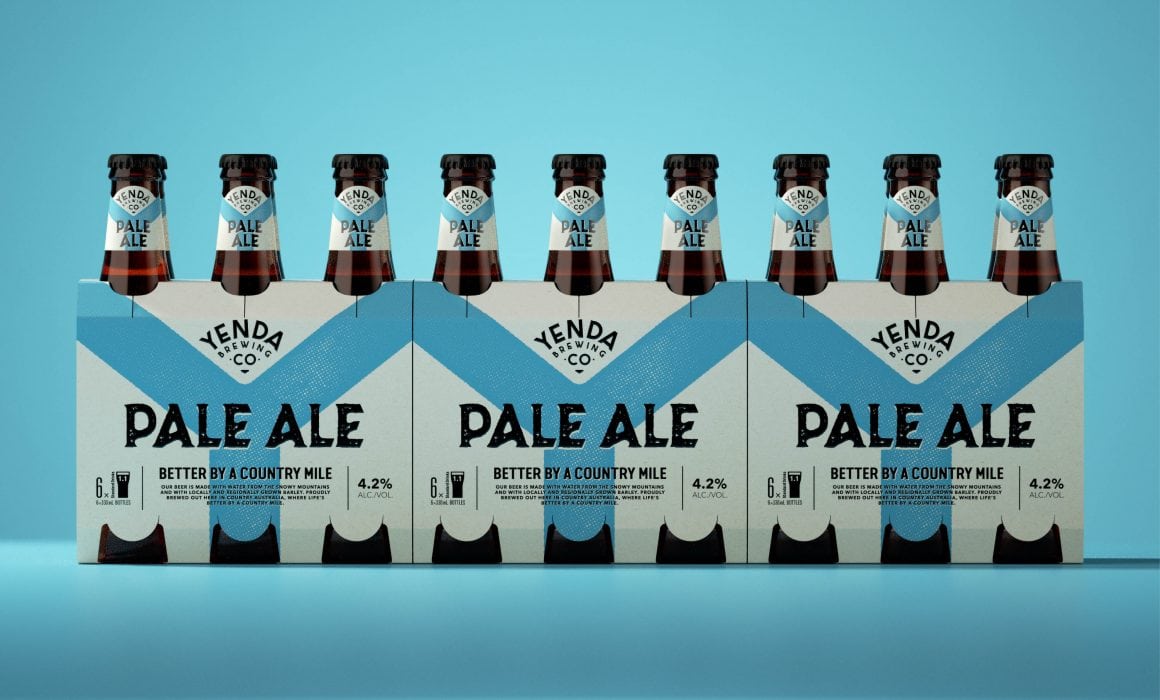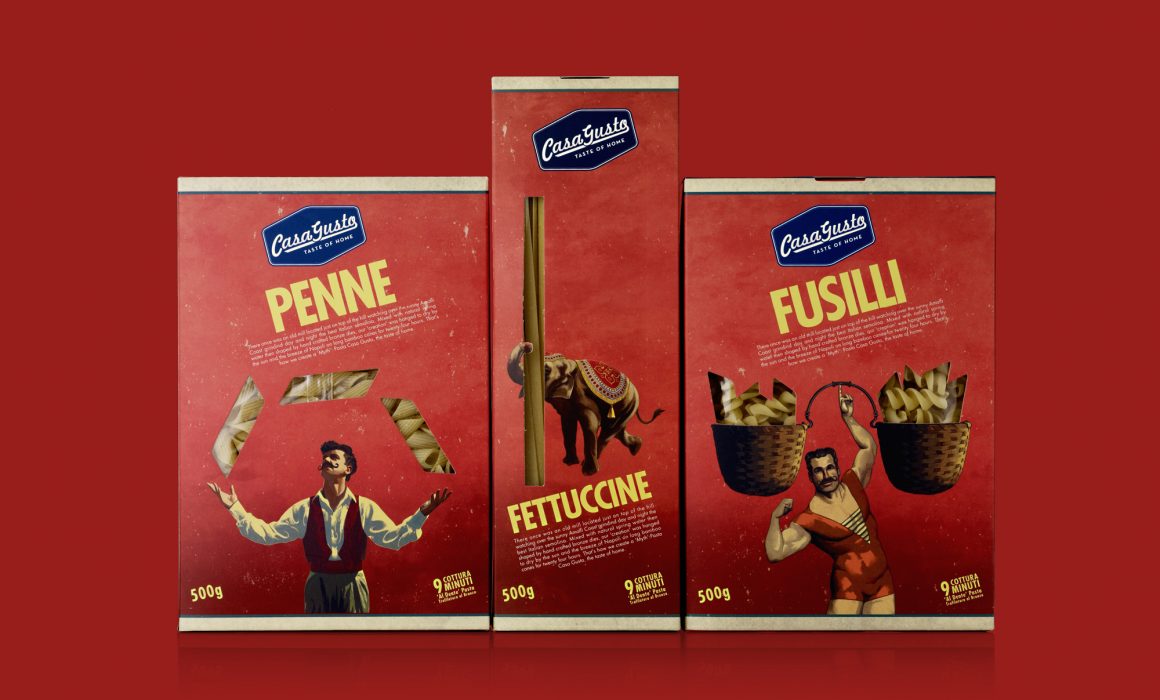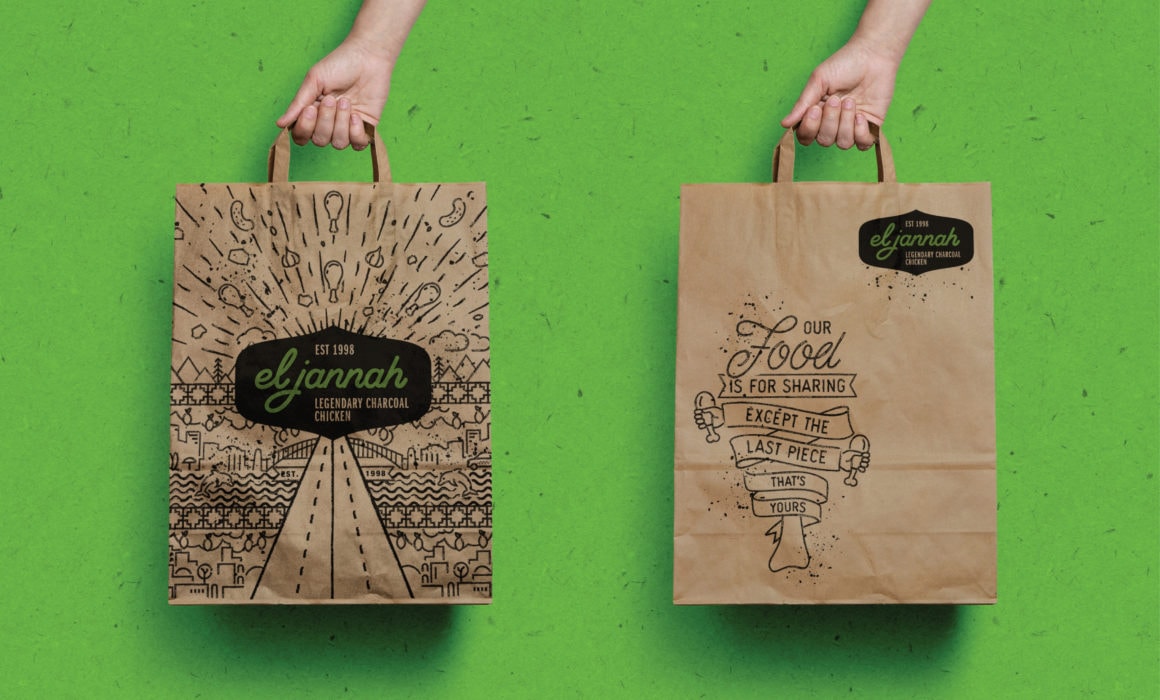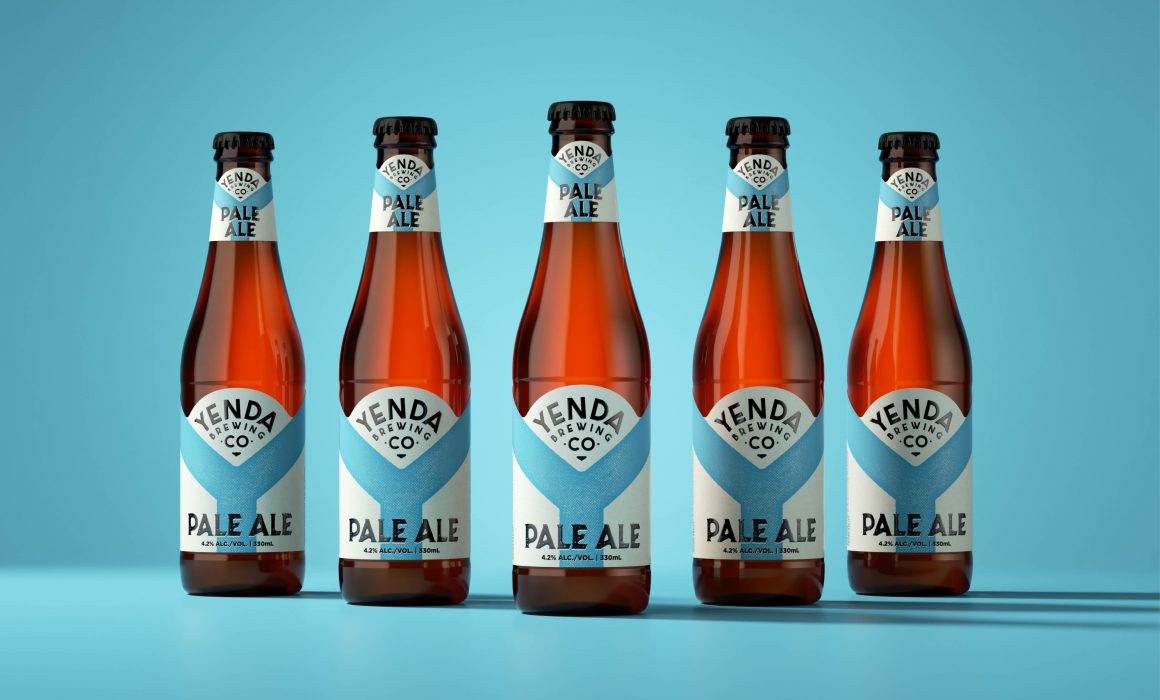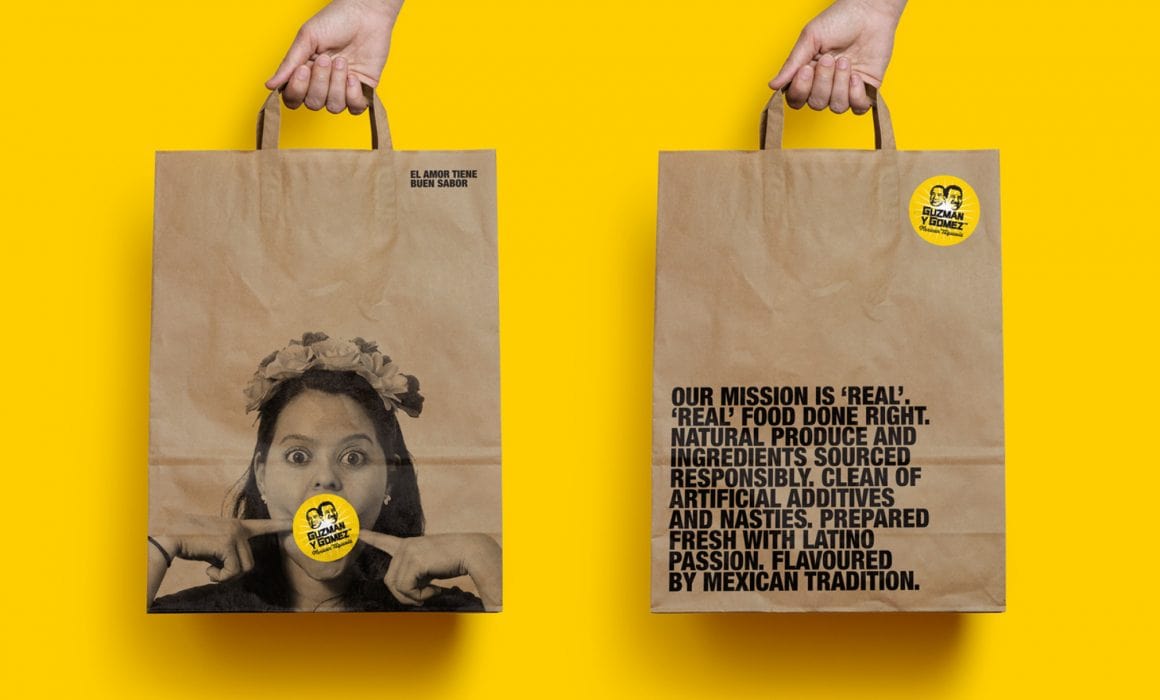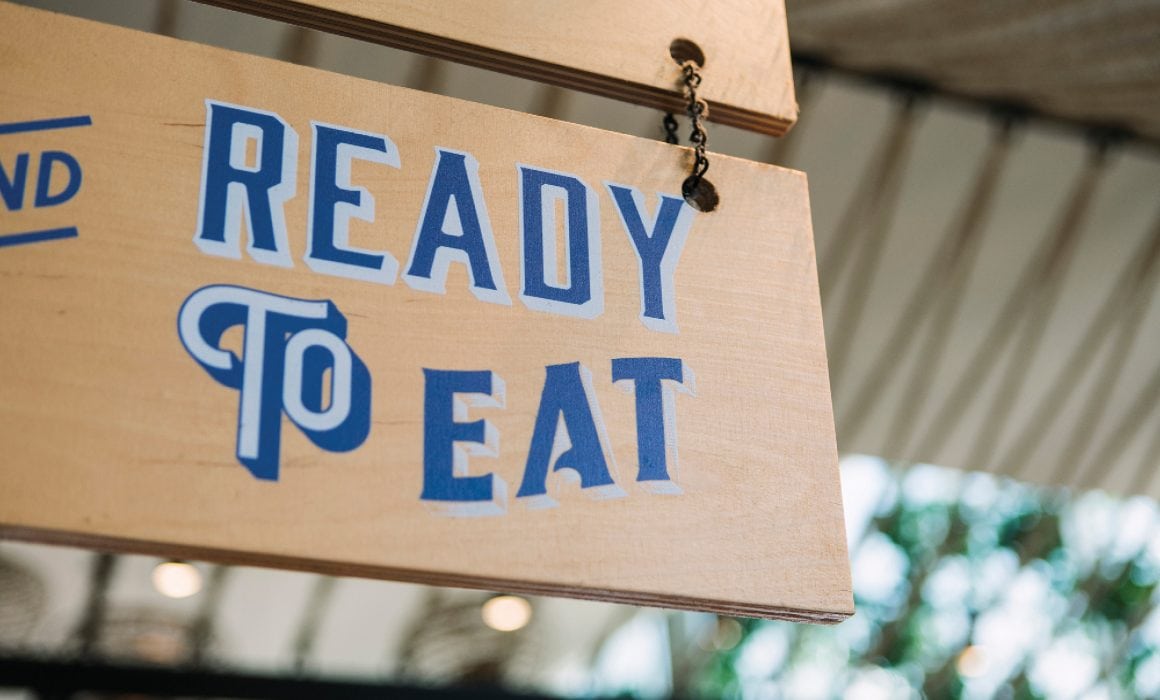How to Develop a Successful Wine Branding Strategy
Branding
Wine Branding: Essential Strategies for Building a Strong Brand Identity
10 July 2025
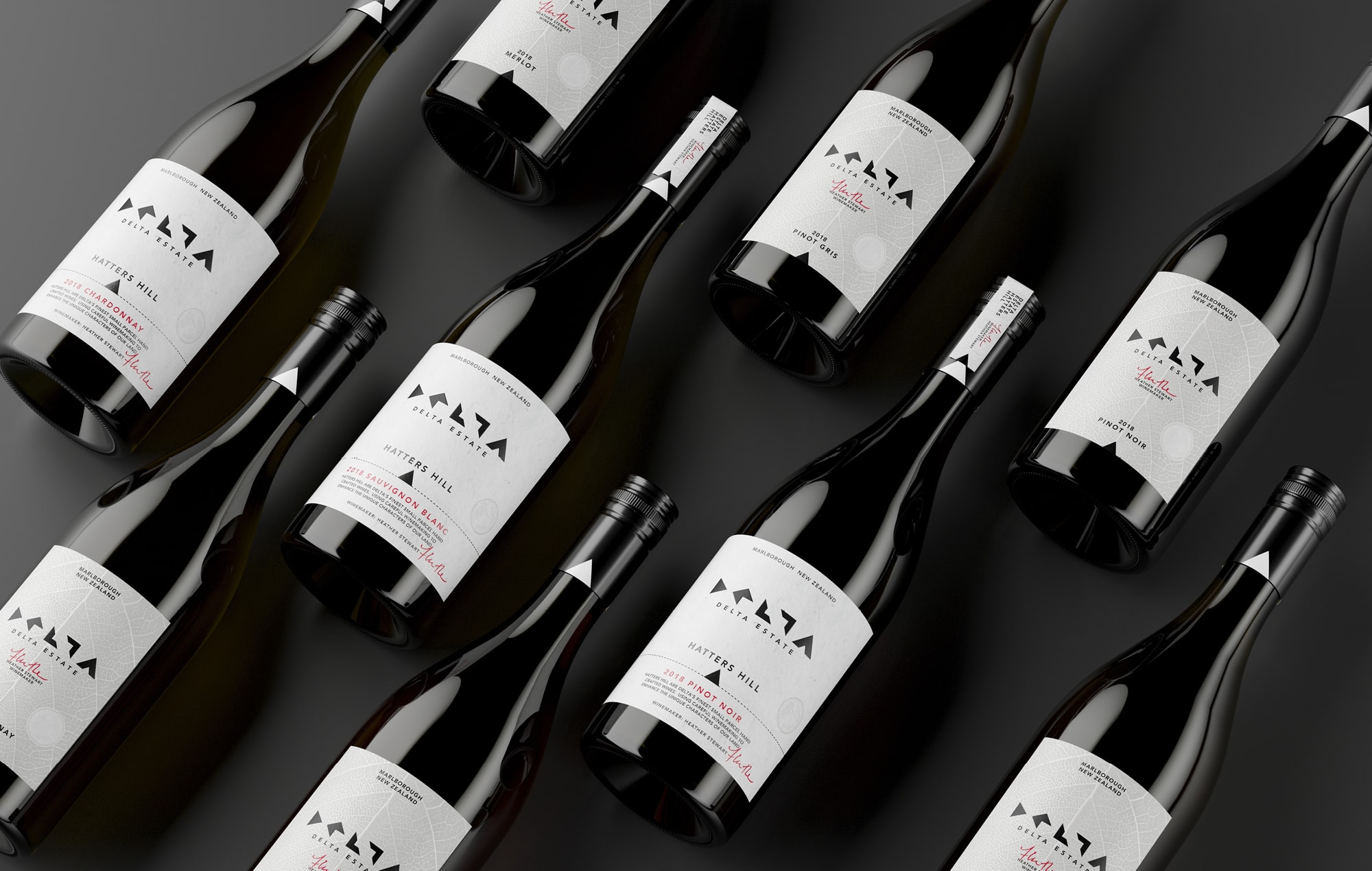
Let’s crack open a bottle (see what we did there?) and talk about why most wine brands are boring as hell, and how yours doesn’t have to be.
In Australia’s competitive wine market, where thousands of labels compete for consumer attention on every shelf, effective wine branding has become the difference between success and obscurity. Wine branding goes far beyond slapping on a pretty wine label – it’s about crafting a complete brand identity that grabs your target audience by the collar and refuses to let go.
Whether you’re a boutique winery launching your first vintage or an established producer sick of blending into the background, understanding the fundamentals of wine branding strategy is your ticket out of the ordinary. With more wine businesses and wineries popping up every year, it’s time to face facts: running a successful business in the wine industry is no longer just about making good wine. Hell, everyone’s making good wine these days.
What Makes Wine Branding Stand Out?
Here’s the thing, effective wine branding doesn’t play by the rules. It disrupts, it challenges, and it makes wine consumers stop dead in their tracks. Unlike boring consumer products that fade into the background, wine carries cultural weight, personal memories, and social status. That’s your secret weapon.
Successful wine brands thumb their nose at convention by combining rebellious elements: a brand personality that actually has personality (shocking, we know), distinctive visual identity that practically jumps off shelves, a compelling brand story that makes customers give a damn, and consistent messaging across all marketing channels that doesn’t sound like corporate speak.
The most memorable wine brands create a customer experience that starts before you even pop the cork. We’re talking everything from the vineyard origin story to that Instagram-worthy unboxing moment that gets shared across social media.
Take Penfolds, they didn’t become iconic by playing it safe. Their bold red and gold color scheme screams quality and heritage from across the room, while their storytelling emphasises Australian winemaking excellence without being pretentious about it. They’ve mastered the art of being premium without being pompous.
When you take your next stroll through the liquor store aisles, really look at what’s competing for attention. Most wine labels blend together in a sea of sameness, but there are always a few rebels that leap out and demand to be noticed. That’s successful wine branding strategy at work, each element working in perfect harmony to create a product that’s impossible to ignore.
Wine Branding Strategy: Key Steps for Success
#1: Define Your Wine Brand Identity and Build a Strong Foundation
In a market drowning in “world-class” wines, you need to find a way to stand out from the crowd, or get left behind. This is where your brand identity comes into play, and we’re not talking about some wishy-washy mission statement that sounds like every other winery’s marketing fluff.
Without a strong and distinctive wine brand, you could have the best quality wine ever made and still watch it collect dust on the shelf while inferior wines fly off the shelves. Why? Because customers don’t just buy wine—they buy stories, experiences, and identities they want to be part of.
Establishing A Meaningful Wine Brand That Actually Means Something
Here’s some tough love from industry experts: the last thing you want is for customers to feel “meh” about your wine. As consumer choice explodes, people are getting pickier about what they buy and why. They’re making decisions based on the values of the wine businesses behind the bottle.
Your wine branding needs to stand for something more than just “we make good wine.” Big whoop, so does everyone else. Are you a family-run vineyard keeping rebellious traditions alive? A young company ready to shake up the stuffy wine industry? Passionate about sustainable techniques that make organic wine drinkers swoon?
Discover what actually drives your passion (beyond profit), and the right audience will respond. Your authentic story becomes the backbone of your brand strategy, helping you attract specific audiences who share your values instead of trying to please everyone and interesting no one.
Our team at The Creative Method has seen firsthand how brands that try to be everything to everyone end up being nothing to anyone. The wine industry needs more rebels, not more beige.
#2: Understand Your Target Audience (And Stop Trying to Please Everyone)
Here’s a reality check: targeting “wine drinkers” as your audience is about as useful as targeting “people who breathe.” A successful wine branding strategy demands you know your target audience inside out, their age, income, lifestyle, and what makes them tick.
As the wine market continues to fragment, you need to pick your tribe and win their fierce loyalty. Your product might give you clues, sparkling wine typically appeals to party-loving younger crowds, while complex reds attract sophisticated professionals who take their wine seriously.
How Do Wine Consumers Really Decide What To Drink?
Recent studies reveal that customers rely heavily on ‘extrinsic cues’ to judge product quality since they can’t exactly taste-test before buying. These cues include brand name, price, and packaging – the holy trinity of your wine brand identity.
Wine labels don’t just provide boring technical information; they’re your 30-second elevator pitch to specific audiences. Want to hook younger buyers? Go bold with modern, innovative label design that screams confidence. Targeting older consumers? Lean into traditional packaging that whispers heritage and craftsmanship.
Understanding your audience means getting uncomfortably specific. What occasions do they drink wine for? Do they Instagram their bottles? Are they sustainability warriors or bargain hunters? This deep understanding becomes your roadmap for creating authentic connections that drive repeat business – not just one-off purchases.
#3: Captivate With Creative Wine Branding and Packaging Design
Now for the fun part – crafting a visual identity that stops people mid-scroll and makes them reach for your bottle instead of the fifty other options screaming for attention. Since wine labels are proven influence-makers in consumer choice, designing packaging that embodies your brand should be priority number one.
Wine labels face the same challenge as food packaging: limited real estate to communicate essential details while seducing customers into choosing you over the competition. Smart packaging design maximises every square inch, balancing creativity with functionality without sacrificing either.
What Makes A Wine Bottle Practically Jump Off The Shelf?
Our philosophy is simple – aim to disrupt or get disrupted. Bold design creates memorable impressions, and your creative vision shouldn’t stop at the wine label. Little details like unique label shapes, strategic color choices, and smart brand blocking can create that crucial first impression that turns browsers into buyers.
Consider your varietal when designing, certain colors, fonts, and imagery naturally complement specific types of wine. Deep burgundies suggest rich complexity, while clean whites and golds communicate crisp sophistication. But remember, you want wine branding that captivates today and endures tomorrow.
Take our work with Whalebone Bay wine packaging, each varietal features a different whale species that creates the illusion of whales swimming across the shelf when bottles are lined up. It’s packaging that tells a story and creates an experience, not just information delivery.

Each varietal of Whalebone Bay features a different type of whale that creates the illusion of whales swimming swims across the shelf.
The ultimate guide to effective wine label design includes understanding colour psychology, but more importantly, it requires the courage to stand out. Most wineries play it safe with traditional designs. Smart wine companies use that conservatism as an opportunity to be boldly different.
#4: Craft Your Wine Brand’s Unique Story to Connect With Consumers
If packaging design drives your wine branding strategy, then your brand story is its beating heart. After working with some of the world’s most successful food and beverage brands, we’ve learned one crucial truth: customers don’t just buy products, they buy stories that make them feel something.
In our current era of e-commerce overload and digital marketing bombardment, consumers have developed selective hearing. Only brands that connect on an emotional level break through the noise in meaningful ways.
Finding Your Authentic Brand Voice (Without the Corporate BS)
Worried your personal story isn’t compelling enough? Stop right there. Consumers are desperately seeking authenticity in a world of marketing spin. They respond to honesty, humour, warmth, and genuine humanity, not polished corporate speak.
Your unique story might be about the family that started your winery generations ago, the sustainable farming practices protecting your local ecosystem, or the innovative techniques your passionate team uses to craft exceptional wine bottles. Whatever your story, it should reflect genuine passion and connect with your audience’s values.
Look at how Saint Clair Family Estate uses rustic, handcrafted design cues in their Pioneer Block packaging to appeal to buyers seeking authentic, small-parcel wine experiences. Their story isn’t manufactured – it’s lived.

Saint Clair Family Estate is ranked as one of the top 100 wineries in the world – in just one generation.
Great brands are built on great stories, so start sharing yours without apology. And remember: in vino veritas, don’t fabricate or embellish your brand story to one-up competitors. Authenticity can’t be faked, and trying to do so will destroy the trust that takes years to build.
#5: Consolidate Your Wine Branding Identity
Here’s where many wineries lose their way, getting drunk on creativity and developing wildly different designs for each wine in their range. While creative freedom feels good, consistency builds brands that last.
Your wine branding should be distinctive enough to stand out but recognisable enough to build familiarity. Your wine brand identity comprises multiple elements that must work together cohesively, not fight each other for attention.
Why Consistency Creates Unshakeable Brand Loyalty
For casual drinkers and wine connoisseurs alike, choosing wine can be overwhelming. Once customers trust your brand to deliver quality experiences, maintaining that trust becomes your competitive advantage against newcomers flooding the wine market.
Being creatively consistent with your wine branding strategy ensures your customer base stays loyal instead of wandering off to try shinier options. Striking that balance between innovation and cohesion separates amateur brands from professional ones.
Check out Delta Estate Wines to see how consistent branding elements can work across different wine varieties while maintaining distinct personalities for each bottle.
How to Design a Wine Brand Identity: Key Elements
Creating a strong wine brand identity requires more than picking pretty colours and fonts. It’s about crafting a visual language that speaks directly to your target audience while differentiating you from competitors who are probably playing it too safe.
Your logo becomes the face of your brand, it needs to work equally well on wine bottles, business cards, and social media profiles. Typography choices matter enormously; serif fonts often convey tradition and heritage, while sans-serif options feel modern and approachable.
Color psychology plays a crucial role in wine branding. Deep burgundies suggest rich complexity, crisp whites communicate elegance, and bold colors signal confidence. But don’t just follow the crowd, sometimes the most memorable brands break color conventions entirely.
For comprehensive guidance on creating standout alcohol packaging, download our Alcohol Packaging eBook for industry insights that go beyond surface-level design tips.
Sustainable Wine Branding: Trends and Tips
Sustainability isn’t just a buzzword anymore, it’s a business imperative that organic wine drinkers and environmentally conscious consumers actively seek out. Smart wine companies are weaving sustainability into their brand stories in authentic ways that resonate with values-driven customers.
Sustainable wine branding goes beyond eco-friendly packaging (though that’s important too). It’s about transparent supply chains, regenerative farming practices, and genuine commitment to environmental stewardship that customers can see and feel.
The most successful sustainable wine brands don’t preach – they demonstrate. They show rather than tell, letting their actions speak louder than marketing claims. This approach builds trust with environmentally conscious consumers who are skeptical of greenwashing.
Top Wine Branding Trends in 2024
The wine industry is experiencing a creative renaissance, with brands finally breaking free from stuffy traditions that kept them looking like museum pieces. Here are the trends shaping successful wine branding today:
Minimalist Maximalism: Clean, uncluttered designs that make bold statements through strategic use of white space and carefully chosen elements.
Authentic Storytelling: Brands sharing genuine stories about their origins, processes, and people instead of manufactured marketing narratives.
Digital-First Design: Wine labels and branding designed to look stunning in Instagram posts and e-commerce listings, not just on physical shelves.
Sustainable Aesthetics: Visual elements that communicate environmental responsibility without sacrificing style or sophistication.
Interactive Elements: QR codes, augmented reality features, and other tech integrations that extend the brand experience beyond the bottle.
Maximise Your Marketing Material (Without Sounding Like Everyone Else)
Winemaking might be an ancient art, but your marketing doesn’t have to sound like it was written by monks. Long gone are the days when wine branding success depended solely on cellar door sales or hoping the right people noticed your bottles gathering dust on shelves.
Today’s wine businesses have unprecedented control over brand awareness and customer relationships. From organising free tastings that create memorable experiences to developing wine clubs that generate recurring revenue, modern marketing offers countless ways to reach potential customers actively rather than passively waiting to be discovered.
Cultivating A Social Media Presence That Doesn’t Suck
Creating Facebook, Instagram, or Twitter accounts is easy – creating content that people actually want to engage with is harder. The sociability of brands has become crucial to consumers in the digital age, but authenticity can’t be faked.
Your social media should reflect your brand personality, share behind-the-scenes glimpses of your winemaking process, and engage with your community in genuine ways. Skip the corporate-speak and let your passion show through every post.
See how brands like Delta Estate Wines embrace social media to connect with consumers authentically, enhancing their brand credibility through real interactions rather than polished promotional content.

Delta Estate Wines embrace social media to connect with consumers in a real and emotive way, further enhancing the authenticity of their brand.
The Psychology of Wine Branding: Understanding Consumer Behaviour
Wine purchasing decisions are deeply psychological. Consumers often make split-second judgments based on visual cues, emotional associations, and social perceptions. Understanding these psychological triggers helps create more effective wine branding strategies.
Colour psychology influences perception dramatically, warm colours suggest approachable, friendly wines while cool colours communicate sophistication and premium quality. Typography affects perceived taste; studies show that angular fonts make wine taste sharper while rounded fonts suggest sweetness.
Price perception is heavily influenced by packaging quality. Consumers consistently rate identical wines higher when presented in premium packaging, proving that visual presentation directly impacts taste perception and willingness to pay.
Examples of Successful Wine Branding in Action
Want to see wine branding done right? Our drinks packaging design show reel showcases brands that broke through the noise by refusing to blend in with the crowd.
These success stories share common elements: clear brand positioning, distinctive visual identity, authentic storytelling, and consistent execution across all touchpoints. They prove that great wine branding isn’t about following formulas, it’s about finding your unique voice and having the courage to use it.
Each example demonstrates how strategic wine branding can transform ordinary products into must-have experiences that customers actively seek out and recommend to others.
Wine Branding for Different Market Segments
Different wine consumers require different approaches. Luxury wine buyers expect sophistication and exclusivity in every brand interaction. Budget-conscious customers want clear value propositions and approachable branding that doesn’t intimidate.
Millennial wine drinkers prioritise authenticity, sustainability, and brands that align with their values. Gen Z consumers expect digital-first experiences and brands that take social stands on issues they care about.
Understanding these generational and demographic differences allows wine companies to tailor their branding strategies for maximum impact with specific audiences rather than creating generic messaging that falls flat.
Building Brand Loyalty in the Digital Age
Brand loyalty isn’t built overnight, it’s earned through consistent positive experiences that exceed customer expectations. In the wine industry, this means delivering quality products while creating emotional connections that transcend transactional relationships.
Digital marketing channels offer unprecedented opportunities to build direct relationships with customers through email marketing, social media engagement, and personalised e-commerce experiences. Wine clubs and subscription services create recurring touchpoints that deepen customer relationships over time.
The key is providing value beyond just selling wine. Educational content, exclusive experiences, and genuine community building create lasting bonds that withstand competitive pressure and market changes.
Conclusion: Your Wine Branding Journey Starts Now
The wine industry doesn’t need another boring brand that looks like everything else on the shelf. It needs rebels willing to challenge conventions, tell authentic stories, and create experiences that make customers feel something real.
Your wine branding journey isn’t about following someone else’s playbook – it’s about discovering what makes your brand unique and having the courage to express it boldly. Whether you’re launching a new winery or refreshing an established brand, the principles remain the same: be authentic, be consistent, and never be boring.
Ready to create wine branding that actually stands out? Let’s talk about turning your vision into a brand that customers can’t ignore, won’t forget, and actively recommend to others. Because in a world full of forgettable wines, memorable brands win every time.
Related Articles
Building A Brand: Creating A Brand Development Strategy
There is no doubt that we have emerged from the widespread disruption of the pandemic into a new reality – one where the consumer is king. Power has well and truly shifted away from companies as customer choice increases exponentially through online marketplaces. The popularity of food delivery apps and e-commerce platforms has led customers to expect convenience and quality above all else, while social media and online reviews can instantly make or break the reputation of a brand…
TAGS

